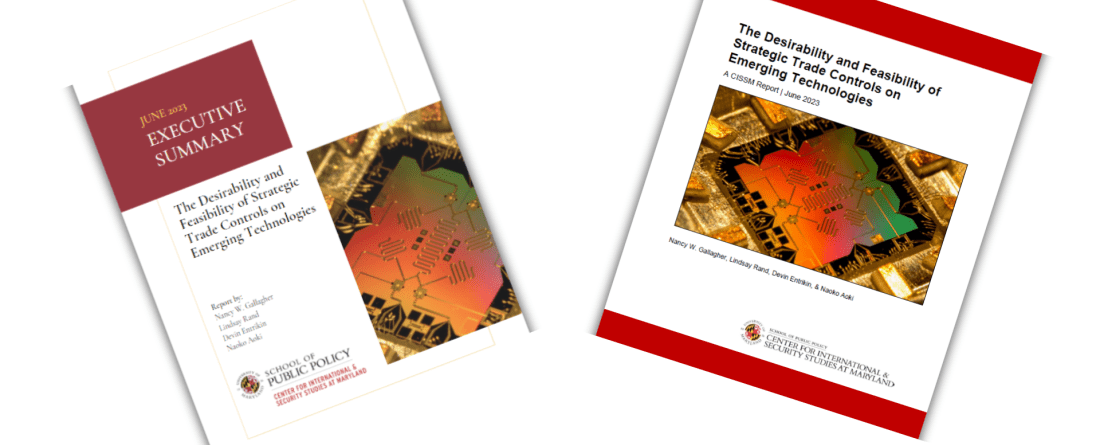
Download the Executive Summary here
Policy problem: Policymakers must decide whether and how to regulate the development, sale, and use of emerging technologies so the security benefits outweigh the economic, technological, and political costs. They have faced that question before, so lessons can be learned from historical experience. It has never been easy to get agreement about what types of governance mechanisms are most desirable, or to implement those controls effectively enough to achieve the security objectives. Many different approaches have been tried but only some legacy arrangements could be applied to emerging technologies, while others would do more harm than good. Four features make the current iteration of the dual-use problem particularly challenging.
(1) Emerging technologies are largely intangible rather than physical.
(2) The private sector is now the main engine for innovation, often independent from and resistant to government control.
(3) Concerns about dual-use emerging technologies expand beyond their relevance to weapons of mass destruction (WMD) to their much broader utility for conventional warfighting.
(4) Political and economic relations among the countries at the forefront of technology innovation are also very complex and uncertain, further complicating efforts to get agreement about what greatest security risks are, and what mix of competition and cooperation offers the most cost-effective way to reduce them.
Methodology: This report employed a historical review of efforts to control dangerous dual-use technologies during and after the Cold War to identify key governance approaches and assess their effectiveness. This was followed by a socio-technical evaluation of five key emerging technologies including PNT, quantum computing, computer vision, hypersonics, and quantum sensing. The technical assessment focused on seven considerations that vary widely across different sectors to determine which strategic trade controls would be both feasible and desirable for a specific category or sub-category of emerging technology: technology makeup, fabrication process, stage of development and dispersion, dual-use applications, disruption mechanisms, stakeholder community and power distribution, and scientific promise.
Key lessons for policymakers: The findings of the historical and technical survey contain important lessons for policymakers tasked with trying to manage the spread and use of emerging technologies:
(1) Policymakers need to decide what the primary objective of strategic trade controls is.
(2) The historical analysis shows that, even under relatively favorable geopolitical, economic, and technological conditions, any type of denial-based control effort will be a stopgap solution at best and is likely to have unintended negative consequences.
(3) Using cooperative management as the primary governance approach for WMD relevant aspects of nuclear, chemical, and biological technologies has had strengths and weaknesses, too.
(4) The socio-technological characteristics of critical emerging technology fields indicate that getting multi-stakeholder agreement on denial-based controls will be harder, implementation will be more challenging, and the outcomes will be less stable than they were in the past
